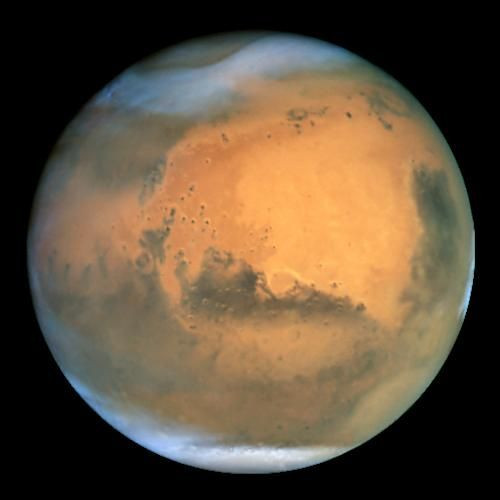How Mars Was Formed: Planet Might Have Come From Asteroid Belt

Mars and Earth did not used to be as close siblings as they are today, which would explain why they have such different personalities. That’s according to new research that says although Earth and Mars are currently neighbors, they may not have started out that way — the Red Planet may have formed farther away from the sun and then moved toward us.
A new paper in the journal Earth and Planetary Science Letters says the pieces of Mars might have come together in the asteroid belt, which is inside of Jupiter’s orbit and separates the inner and outer solar systems.
If this model is correct, Mars formed about 1.5 times farther from the sun than where we see it today, a distance that helps to explain why Earth and Mars appear so different.
“A currently popular planet formation theory predicts that Mars formed near Earth and Venus and was subsequently scattered outwards to its present location,” the study says. But the three planets have such different compositions that the new theory might better explain how the planets came to be. “It is therefore probable that Mars always remained significantly farther from the sun than Earth; its growth was stunted early and its mass remained relatively low.”

The only world in the solar system smaller than Mars is Mercury, the scorched innermost planet.
Additionally, Mars has a different elemental makeup from Earth.
The new research involved investigating a planetary formation model in which a young Jupiter forced material toward the sun, helping to form Venus and Earth but detrimentally pushing material away from Mars, which would have been much closer to Jupiter if it was in the asteroid belt.

Jupiter’s gravity later would have shoved Mars into its current orbital position.
The scientists ran computer simulations to find that, although the likelihood of those circumstances occurring wasn’t very high, it was possible.
According to NASA’s Astrobiology Magazine, this model could mean the chances of finding alien life on Mars are not good.
“One implication of Mars forming farther away from the Sun is that the planet would have been colder than originally thought — perhaps too cold for liquid water or to sustain life,” the magazine noted. “This theory would seem to challenge the idea that Mars was once far warmer and wetter than it is now.”
It is still unclear, however, how this planetary formation model would affect Mars’ ability to host extraterrestrial life.
© Copyright IBTimes 2024. All rights reserved.





















